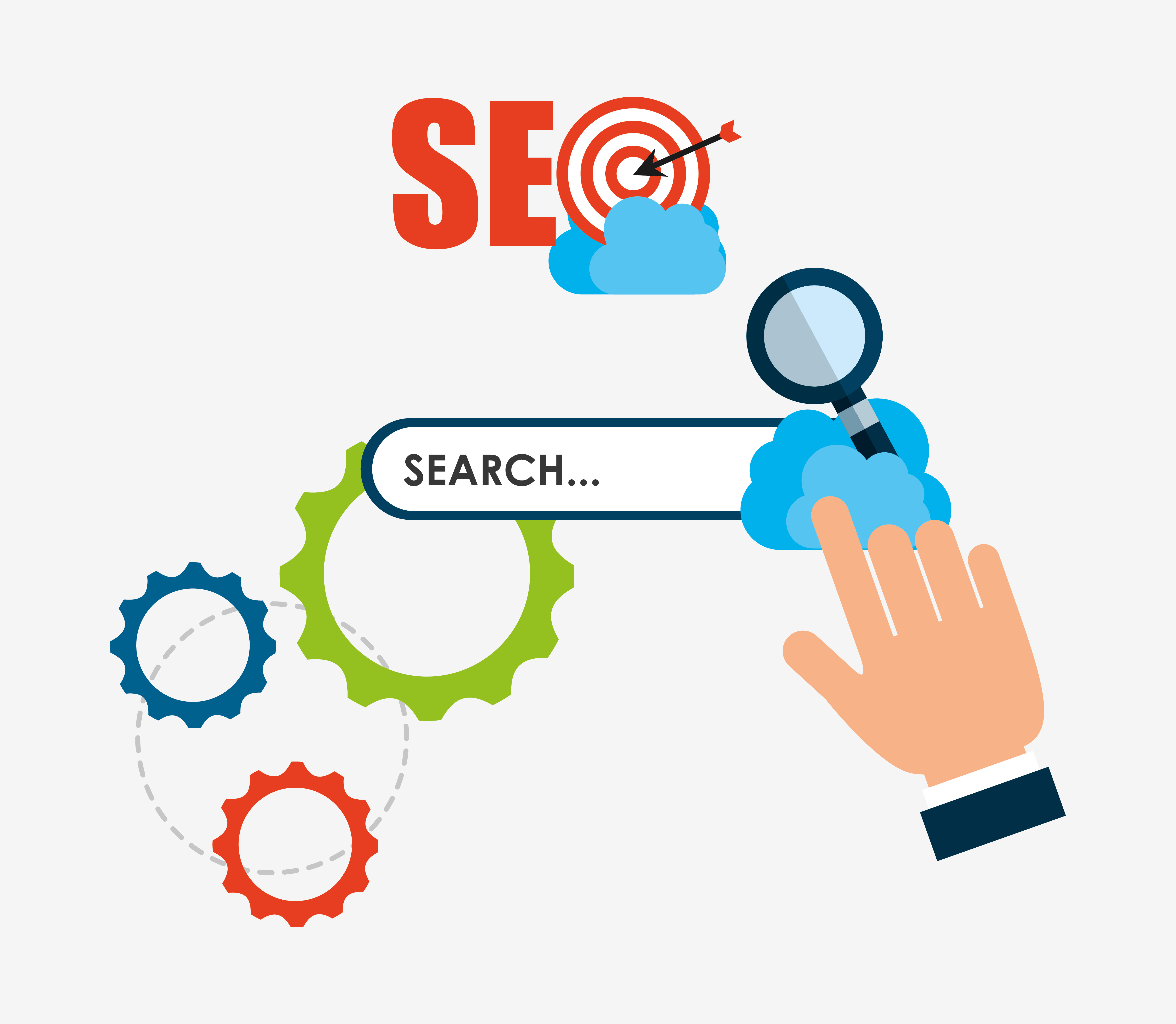The biggest shift I’ve seen lately? Smarter personalization, AI assistance, and interactive experiences that blur the line between websites and inboxes.
I’ve been testing a few of these trends myself, and here’s what’s real, what’s hype, and what’s next for anyone serious about email in 2025 and beyond.
1. AI That Actually Helps (Not Replaces You)
Let’s get one thing straight AI is not here to replace marketers. But it can absolutely make us faster, sharper, and more data-driven.
I’ve tested a few AI-powered email tools that go beyond subject line generators. For example:
- Seventh Sense learns when each subscriber is most likely to open and automatically sends at that time.
- Smartwriter.ai helps craft personalized intros for cold emails using public data.
- Copy.ai can rewrite your message in multiple tones to test what resonates.
When I started using these tools, my open and click rates improved without adding more workload. The key was to use AI as a co-pilot, not a replacement.
I’ll dive into these tools and my personal testing results in Email Marketing in 2025 where I explain how to combine AI with automation safely.
2. Predictive Personalization Is the Game-Changer
We’ve all seen dynamic content before like changing someone’s name or product recommendations based on past behavior. But predictive personalization takes that to another level.
It’s when your system predicts what a subscriber is most likely to engage with next.
For instance, one of my eCommerce clients used AI to forecast which products each user might buy again. The system then automatically sent restock reminders or complementary product offers. Open rates jumped by 28% and repeat sales by 32% all on autopilot.
I’ve tested similar predictive flows in Klaviyo and HubSpot, and the results are consistently impressive.
If you want to see how I set these up, I’ll break it down in Email Automation Tools That Actually Work (After Testing 15+ Platforms) where I cover AI-powered automations in more depth.
3. Interactive Emails Are the New Landing Pages
This one is my favorite trend. In 2025, you don’t need to send people out of the inbox to interact with your brand anymore.
Using AMP for Email or dynamic HTML blocks, you can now:
- Let subscribers vote in polls directly inside the email.
- Show live countdowns and product inventory levels.
- Embed carousel-style product previews that change when clicked.
- Even let users book calls or complete surveys without leaving Gmail.
I tested this on a small campaign a simple “Which topic should I write about next?” poll and engagement jumped by nearly 40%.
The experience felt more like chatting with my readers than just broadcasting to them.
I’ll share my AMP setup and the tools that make it non-technical in Best Practices That Actually Increased My Email Open Rates (By 40%) since engagement and interaction go hand-in-hand.
4. Multichannel Email: Inbox + Chat + Voice
This one’s still emerging, but I’ve already started experimenting with it.
I recently tested a flow where someone could receive a follow-up not only by email but also as a LinkedIn DM or SMS reminder, depending on their behavior.
It’s not about spamming it’s about syncing.
For example, if someone clicks but doesn’t buy, they get a friendly message on another channel saying, “Hey, saw you checked this out any questions?”
I’ve even seen tools experimenting with voice, based emails, where users can play your message through Alexa or Google Assistant. It’s early, but it’s coming fast.
In Is Email Marketing Dead in 2025? I explain how this multichannel approach is actually what’s keeping email more relevant, not less.
5. Privacy and Permission Are Becoming Superpowers
The new age of email marketing is all about trust. With Apple’s Mail Privacy Protection, open tracking is less reliable, and GDPR-style laws are spreading globally.
At first, I thought this would hurt performance but the opposite happened. When I started focusing on consent, based marketing, engagement improved.
Here’s what I changed:
- Being clear about how often I’ll email.
- Letting subscribers choose their content preferences.
- Showing transparency in every opt, in form.
People respect honesty. And trust me, when someone chooses to stay subscribed, they’ll read almost everything you send.
If you’re rebuilding your list, I show how to structure your opt-ins for engagement and compliance in Building an Engaged Email List from Scratch.
6. Data + Emotion = The Future
The future of email isn’t just about AI and automation it’s about combining data-driven insights with human storytelling.
Your emails can be personalized, predictive, and perfectly timed, but if they don’t make people feel something, they’ll still fall flat.
That’s why my best, performing emails still sound like a real person wrote them because I did. Even with all the automation and analytics, the goal is the same: build relationships that feel real.
Final Thoughts
Email marketing in 2025 isn’t about blasting messages it’s about building micro ,experiences that feel personal, relevant, and human.
AI will help you send smarter. Automation will help you scale. But your voice is what will keep people opening, reading, and replying.
If you want to future, proof your strategy, read How I Measure Email Marketing ROI ,next because knowing what’s working and what’s not is the secret to staying ahead, no matter how fast things change.



